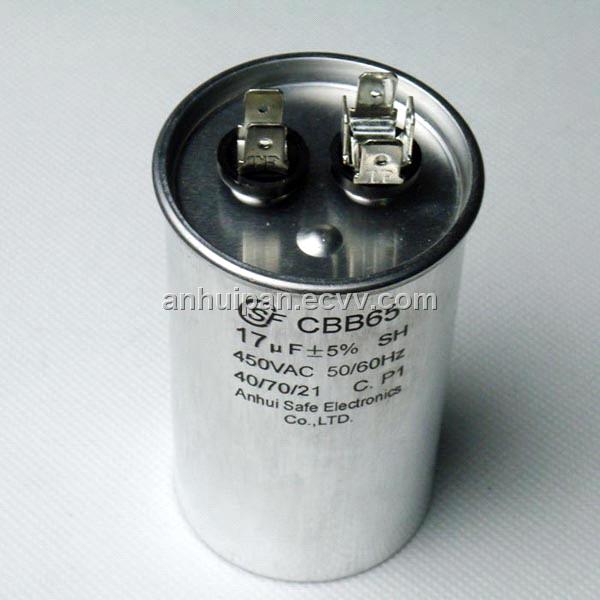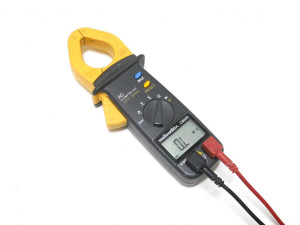BGAmodz
Member
Hi everyone in this forum .
So 2 days ago i was trying to repair a microwave , i decided to check a big AC capacitor with a clamp meter , i used AC voltage mode , and the meter just shut down as soon as i connected the probes to the AC capacitor .
I opened the clamp meter and found that 2 tracks were out of place and a small capacitor was burned but only 4 symbols were visible in it : YP and 02 , i wonder what rating would be safer to use , this capacitor is attached to a small daughter board making connection between the probes holes and the meters motherboard .
this is how the capacitors looks like :
Microwave's cap :

Meter's cap :

Multimetrix CM600

So 2 days ago i was trying to repair a microwave , i decided to check a big AC capacitor with a clamp meter , i used AC voltage mode , and the meter just shut down as soon as i connected the probes to the AC capacitor .
I opened the clamp meter and found that 2 tracks were out of place and a small capacitor was burned but only 4 symbols were visible in it : YP and 02 , i wonder what rating would be safer to use , this capacitor is attached to a small daughter board making connection between the probes holes and the meters motherboard .
this is how the capacitors looks like :
Microwave's cap :

Meter's cap :

Multimetrix CM600



